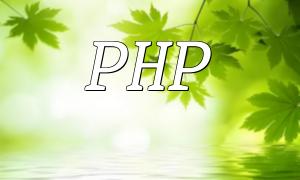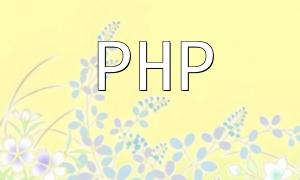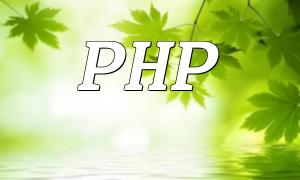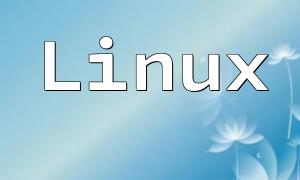When working with PHP, properly configuring the extension directory is a crucial step in improving project performance and maintenance convenience. This guide will walk you through how to set up the PHP extension directory, following Google SEO best practices to make this content easier to find for more users.
The PHP extension directory is the folder that stores PHP extension modules. PHP will search this directory for the necessary extensions. A proper extension directory setup helps developers manage extensions more efficiently and ensures that the application runs smoothly.
To find the location of your PHP extension directory, you can use the following code:
There are generally two ways to configure the PHP extension directory: by modifying the php.ini file or setting it dynamically through code. Here are the detailed steps for both methods:
First, locate your php.ini file. This file is typically found in the PHP installation directory. Open the file and search for the following configuration option:
Uncomment the line and modify it to specify your extension directory path, like this:
After making the changes, restart your web server for the changes to take effect. Ensure the directory path is correct and that PHP has permission to access the directory.
Besides static configuration via php.ini, you can dynamically set the extension directory within your code. Refer to the example below:
This method is particularly useful when you need to load different extension versions at runtime.
After configuring the extension directory, you can use the following code to check if the extension has been successfully loaded:
Properly configuring the PHP extension directory not only boosts system performance but also makes your development process smoother. By following the methods outlined above, you can efficiently set up and manage the PHP extension directory. We hope this guide helps you resolve issues related to PHP extension directory configuration!









